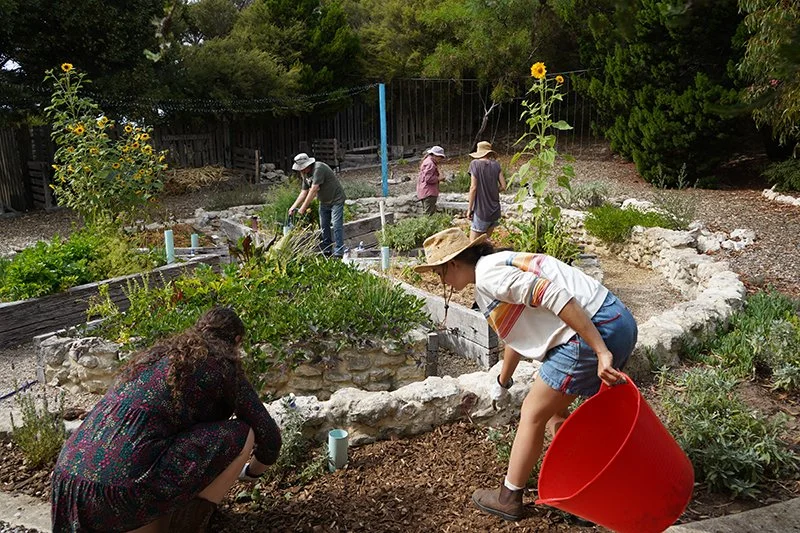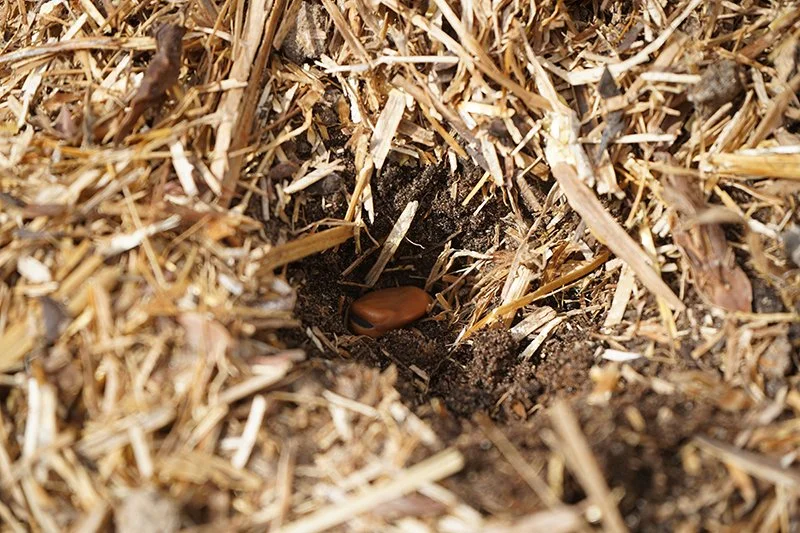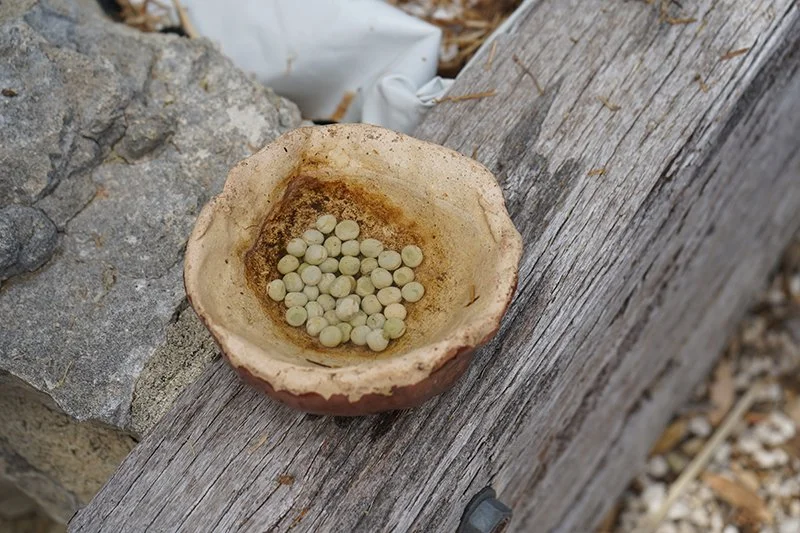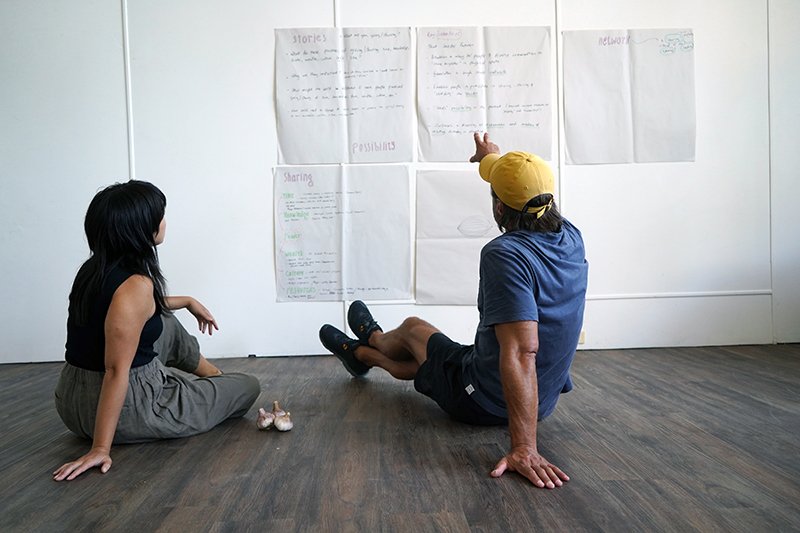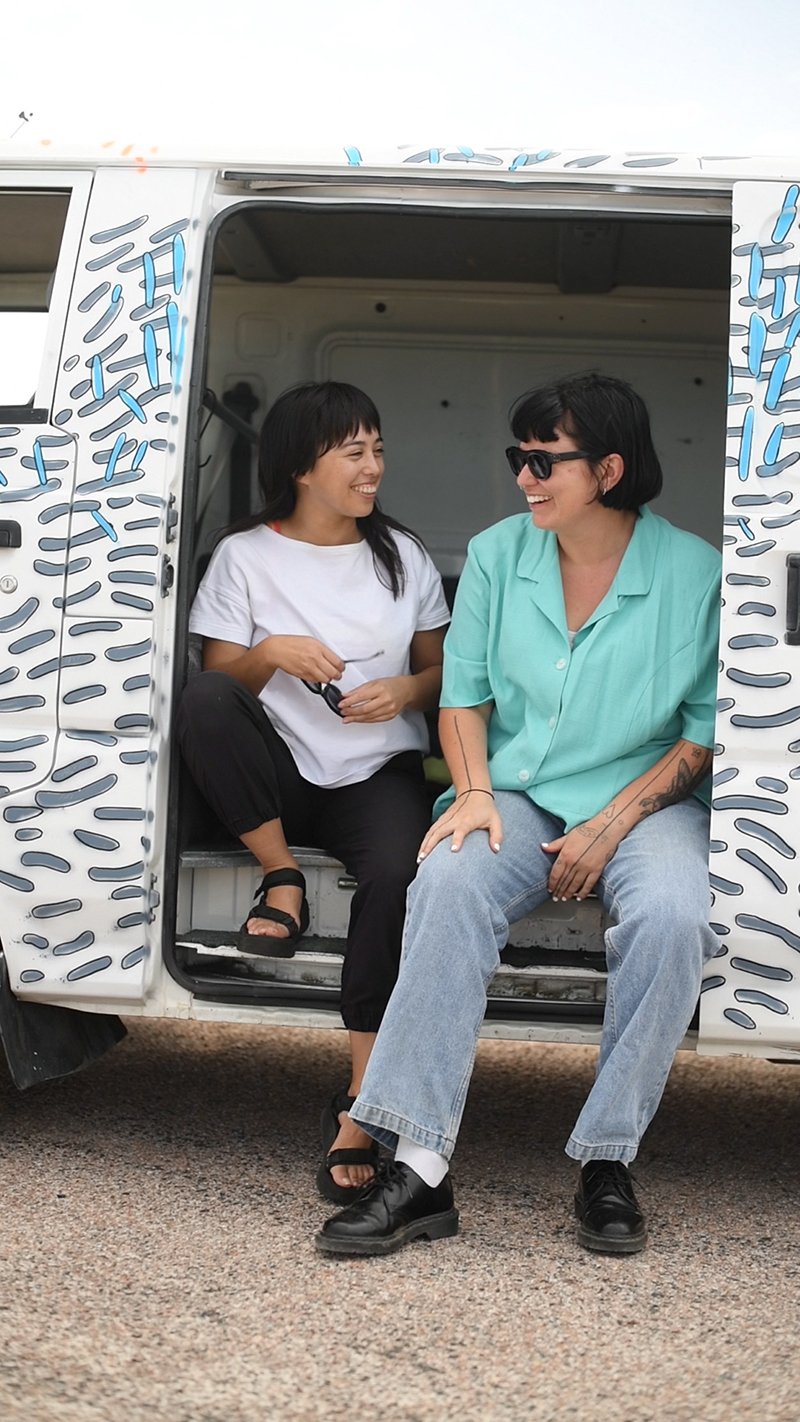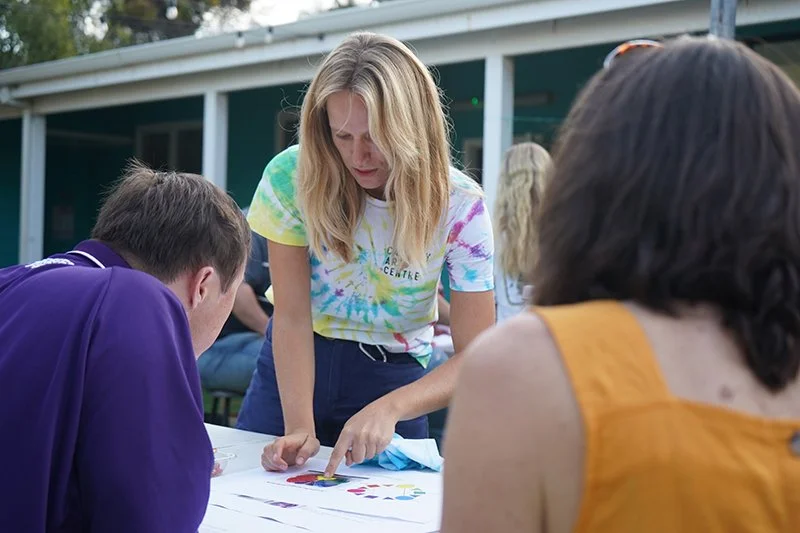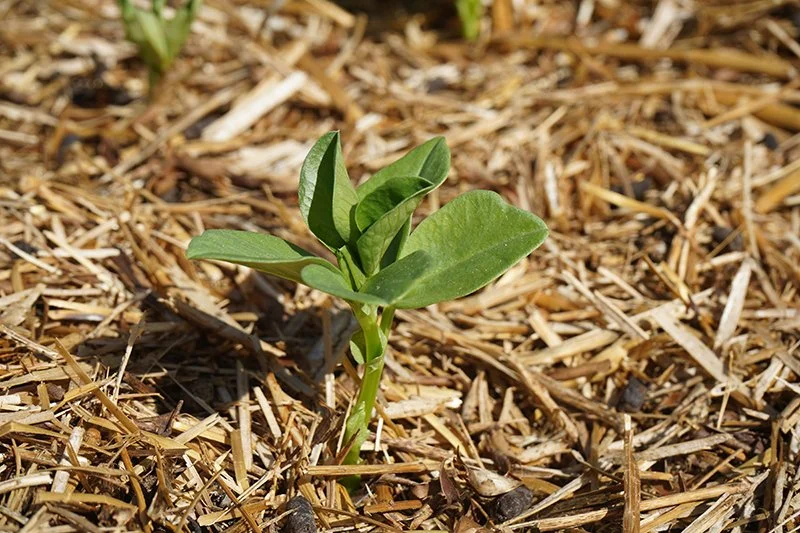Rural Utopias Residency: Ana Tiquia in Esperance #4
Ana Tiquia is currently working with the community of Esperance. This residency forms part of one of Spaced’s current programs, Rural Utopias.
Ana Tiquia is a transdisciplinary artist, cultural producer, curator, and future strategist. Integrating participatory art, design and futures practice, Ana creates public interventions: works that invite audiences into dialogue with ‘the future’. Her practice is one of inclusion that aims to ‘future’ with other humans, creatures, and things – to generate diverse, plural, and transformative future imaginaries. Ana has a deep commitment to the role of arts practice in relation to future inquiry, imagining, and social-ecological change. Her projects explore energy and material futures, futures of work and labour and the power dynamics encoded in algorithmic systems
Here, Ana shares an update:
My return to Kepa Kurl / Esperance for Stage 2 of my residency arrives faster than expected. A summer in Naarm/ Melbourne has elapsed in the interim, but while those three months seemed to move slowly and sweetly, on returning here they seem to evaporate. I feel like I haven't left, and at the same time it feels like I've returned home again.
Katie picks me up from the airport and we talk non-stop on the drive to the Cannery. Even though it's only been a moment since I was here last, there's been plenty of change. Amongst friends there have been changes of jobs, new relationships, one of our favourite cafes has reopened in a new location. The Woolies now opens on public holidays! We arrive at the Cannery and it's bustling – the Forage community garden is resplendent with bright-faced sunflowers, sweet potato, basil and leafy greens (the tomatoes have just come out), local musician, music promoter and community organiser Kyza (Kyron Smithson) is busy setting up a free community open mic night in the gardens, and the Cannery's other artist-in-residence, artist and costumier Rosalie Boland is setting up the Cannery shop up as a sewing and textile studio – ready to host workshops on making and mending, and tailoring and repairing garments for community members.
I've returned to Kepa Kurl / Esperance to develop a new project with the working title Seeder Futures. I'm starting from the question: 'What can be shared? Time, power, wealth, property, knowledge, culture, resources?' and continuing by asking 'How are communities in Kepa Kurl / Esperance and curatorial communities at the Art Gallery of Western Australia (AGWA) practicing the sharing of time, power, wealth, property, knowledge, and culture? How might concepts of shared ownership contribute to dialogue about our shared futures? What practices, systems, and infrastructures might seed possibilities for economic systems of value beyond a current system centred on private property rights?
During my first residency here, I spent six weeks asking people in Esperance three questions: "How do you experience time?" ; "What has changed, what is changing in Kepa Kurl / Esperance?", and "What do you think is a'good future', for community and place?"
Several threads and themes emerged across conversations with communities; one in particular that stood out was the active role that volunteering and 'gift economies' play in both building and sustaining community. During my time here I witnessed, participated in, and was also the recipient of countless acts of giving, sharing, care, exchange, and volunteer labour. Some people spoke to me of their relational approaches to community – that they could not disentangle the idea of 'self' from 'community', and others spoke of a good future being one where people moved from 'me' to 'we' – adopting a worldview where self interest is indivisible from community interest.
AGWA is a partner on the Rural Utopias project – as part of their involvement they've invited us to engage the State Collection in our development of work with rural communities. I've found this a challenging and to some degree problematic request, not least because the State Collection can't travel to a town like Esperance. Although Esperance has a thriving arts and cultural community with well-attended exhibitions, workshops and cultural events – like many other rural towns in WA it isn't large enough to have an appropriate gallery or exhibition space with necessary humidity, temperature, and security controls to present work from the collection. There are further barriers to anyone from Esperance accessing the collection or even visiting AGWA: being nine hours drive away is a big one, and although AGWA have part of their collection digitised and online it only displays mid-resolution images of digitised work. There are also several stipulated conditions on their website about sharing their work from the collection with people elsewhere. Only photos of work taken on a mobile device are allowed, and can only be taken of work displayed in public-access areas. Sharing of these images is restricted for 'personal use' only. I wonder to what degree any meaningful relationship might be charted between people here in Esperance and the AGWA collection in Perth. I'm also curious about how anyone in Esperance (or other rural communities in WA) would go about accessing and viewing the AGWA collection and benefitting from their public-facing exhibitions and public programs if they wanted to. A group exhibition of work developed through Rural Utopias is being planned at AGWA for later in the year, and one of the big questions I'm sitting with is how I might ensure that communities here in Esperance get to benefit from and experience the work we develop together, even if they don't have the opportunity to view its Perth incarnation.
The Rural Utopias project begins to feels like a residency across two sites: Kepa Kurl / Esperance, and AGWA. At the end of my last residency, I spend a few days in Boorloo / Perth and visit AGWA curators. Less interested in what is actually in the collection, as by the practices, policies and infrastructures that maintain it, I ask the curators the same questions I've asked of Esperance communities. We discuss, time, change and 'good futures' as they relate to the collection, curatorial practices, and AGWA as an institution. I speak to five curators at AGWA: Timmah Ball, Clothilde Bullen, Robert Cook, Melissa Harpley, and Zali Morgan and are struck by their generosity in their sharing of time and perspectives with me. Across these conversations what emerges is an emphasis on collections as configurations of power–particularly state and colonial power; access to collections as privilege, and the shifting role of the 'curator' from an institutional and collections 'gatekeeper' to facilitator, or distributor of power to communities or 'audiences'. Several curators discussed projects they'd been involved in where digital collections, platforms or mechanisms allowed for increased access, shared ownership or self-curatorship of a collection by communities external to the institution.
So, in these first weeks returning here, with the question "what can be shared?" I start to look for stories of people, groups and initiatives in the Kepa Kurl / Esperance community that practice the giving and sharing of time, knowledge, culture, wealth, power, and resources. I only have to step out of my flat at the Cannery to witness these practices in action – on my first morning here I pick fresh basil, chives and parsley from Forage Community Garden for my breakfast, and realise I'm deep amongst it. I join Forage Community Garden coordinator Kat Walkerden and garden volunteers my first Sunday here. We plant broad beans, lettuce, broccoli, cauliflower. One volunteer plants peas amongst the sunflowers, with the hope the sunflowers will scaffold their growth once they finish flowering. Kat runs fortnightly Sunday morning working bees and everyone is free to join, swap produce, skills and knowledge and contribute to a veggie garden that is accessible to anyone who wishes to pick and eat from it. Eight of us join the working bee that morning-some are new to town and wish to meet others, some are avid gardeners who don't have their own gardens, others have plenty of skills and experience to share and want to connect with other likeminded people around gardening, permaculture, food security and sustainable practices.
I meet with Dan Paris, local artist, photographer and filmmaker to explore ways we might collaborate to document these stories of giving and sharing. Dan and I map out some approaches, and we later travel out along Esperance's beautiful western beaches to help fellow artist and muralist Sarsby Martin document a van they've painted. I drive Dan's 4WD while he drives a drone, capturing the van as Sarsby and their friend Nessa drive it along the winding coastal road.
While gathering and finding ways to document community stories of giving and sharing, I'm also asking AGWA what they can share with the community of Esperance. Over these first weeks, Katie and I start planning a peer-to-peer knowledge sharing and exchange weekend. In the spirit of practicing power - with and sharing of knowledge, I've invited AGWA curators to join us for a weekend that brings together local artists, producers, curators, and community arts practitioners to share knowledge and learn from each other, and hopefully build stronger connections between those in the community as well as between Kepa Kurl / Esperance and Boorloo / Perth. Miranda Johnson (Public Programs at PICA and is the Rural Utopias Curator based at AGWA), along with Zali Morgan (Assistant Curator of Indigenous Art at AGWA) take up our invitation; and we start inviting people across the community. I'm keen for us to share a meal together, and Katie and I start dreaming up a dinner at the Cannery that could draw upon fresh produce from the Forage community gardens.
In amongst the planning, concepting, research and conversations, life here flows amidst an abundance of activities and offerings from the community. I join a dance workshop hosted by Michelle (Michi) Vallejos, a Peruvian dancer and theatre maker who has been living in the community and sharing dance with people here. Facilitated by Esperance Community Arts (ECA), the workshop is made freely available to anyone who wants to turn up andmove. A group of women of all ages dance barefoot with abandon, shake what they've got, get sassy and strut from end to end of the small Country Women's Association (CWA) hall to deep rhythms, bass and airhorn. At the end of the class, breathless dancers describe how they feel "powerful", "joyful", and "alive." Michi invites everyone in her class to join her for a party – to share a meal and continue dancing into the weekend. Over at Cannery Arts Centre, Rosie runs a tie dye textiles workshop for GIFSA, a not-for-profit who work with people with disability. In the clear sky twilight of a still evening, tie dyed t-shirts are designed and dyed under strings offairy lights. It's a joyful scene, and as the t-shirts are unfurled vibrant patterns emerge.
The first two weeks here flow both fast and slow. I walk over to the Forage garden this morning and notice with a small joy that the broad beans I planted are sprouting. I wonder what other possibilities might be seeded, nurtured, and grown over the coming month.
Images courtesy Ana Tiquia.

